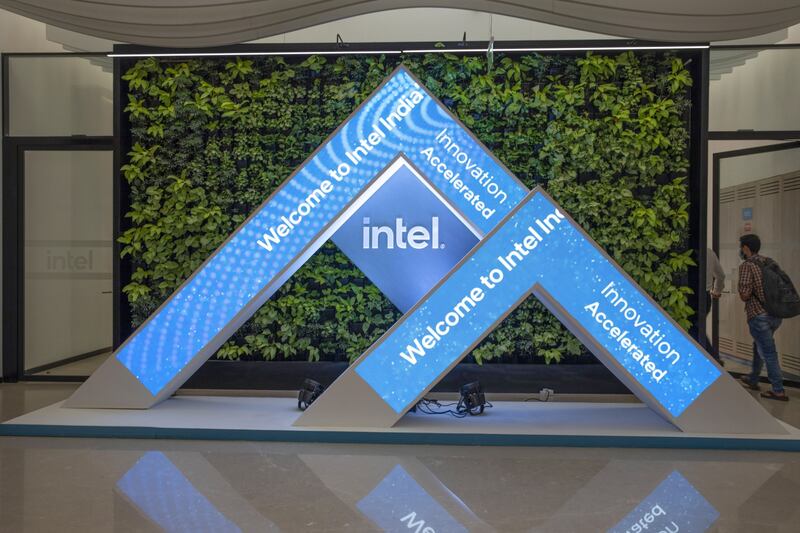Intel, the world's largest chip maker by revenue, reported an 85 per cent drop in third-quarter net profit as the company downgraded its 2022 full fiscal year revenue guidance, citing “continued macroeconomic headwinds”.
The California-based company’s net profit dipped to $1 billion in the last quarter ending on October 1, about $5.8bn less than the same period last year. However, it improved from the net loss of $500 million that it incurred in the second quarter of 2022.
Intel said the third-quarter results include restructuring charges of $664m, reflecting initial cost reduction actions.
Revenue skidded almost 20 per cent on an annual basis to $15.3bn, the company said in a statement. It stayed flat on a quarterly basis.

“Despite the worsening economic conditions, we delivered solid results and made significant progress with our product and process execution during the quarter,” Intel’s chief executive Pat Gelsinger said.
“To position ourselves for this business cycle, we are aggressively addressing costs and driving efficiencies across the business to accelerate our IDM 2.0 flywheel for the digital future.”
Since Intel’s founding in 1968, it has been an integrated device manufacturer (IDM) — a company that both designs and builds its own semiconductor chips.
In March last year, Mr Gelsinger announced IDM 2.0, a new model that includes significant manufacturing expansions.
The company is focused on driving $3bn in cost reductions in 2023, growing between $8bn to $10bn in annualised cost reductions and efficiency gains by the end of 2025, Intel said.
The company's stock, which has dropped 50.6 per cent this year to date, fell 3.7 per cent to $27.25 a share in extended-hours trading on Thursday.
On Wednesday, Intel spun out its driver-assist subsidiary Mobileye and raised $861m. Intel bought the Israeli company in 2017 for $15.3bn.
In the July-September period, Intel generated $1bn in cash from operations and paid dividends of $1.5bn.
Intel said it expects sales this quarter to reach between $14bn to $15bn. It also revised full-year revenue guidance to $63bn to $64bn from earlier guidance of $65bn to $68bn, reflecting continued macroeconomic headwinds.
In the third quarter, Intel spent more than $4.3bn on research and development activities, about 13.1 per cent more than R&D spending in the same period in 2021.

The company suffered an operating loss of $175m, compared to an operating income of $5.2bn in the prior year period.
Its client computing group, which produces chips for personal computers, added $8.1bn in overall sales in the fourth quarter — almost 17 per cent less than the same period last year.
The company earned $4.2bn from making chips for data centres, nearly 27 per cent down on a year-on-year basis.
Sales of Intel’s network and edge group were up about 14 per cent to $2.3bn in the three-month period.
“As we usher in the next phase of IDM 2.0, we are focused on embracing an internal foundry model to allow our manufacturing group and business units to be more agile, make better decisions and establish a leadership cost structure,” Intel’s chief financial officer David Zinsner said.







